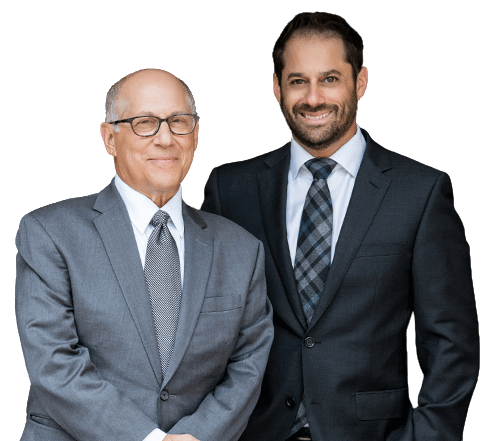Media reports of automobile accidents and construction accidents often end with the statement “The accident is under further investigation.” It may be difficult to understand how an investigation can continue after the scene of the accident has been cleared of debris and injured parties have been taken to health care providers for diagnosis and treatment. The contradiction can be resolved by understanding the science of accident reconstruction.
Accident reconstruction is a branch of forensic engineering that uses information from the accident scene to reconstruct the events that led to the collision.
What information is used in an accident reconstruction investigation?
The investigator’s first task is compiling information from the accident scene. The positions of all involved vehicles are carefully noted, as are skid marks, damage to roadside structures such as traffic signals and fences.
Most forensic engineers use digital means, such as cameras and video recordings, to record information about the accident site in a manner that allows further review at the engineer’s office. Witness interviews and closed-circuit TV cameras also yield critical information about the sequence of events that led to the collision.
Analyzing the evidence
Accident reconstruction specialists maintain extensive libraries of texts that provide evidence about how various automotive frameworks resist or yield to accident impacts. The extent of damage suffered by any of the involved vehicles often permits an investigator to estimate with great precision the speeds of the vehicles. The seriousness of injuries suffered by victims also permits a similar calculation.
The accident investigator will also attempt to answer questions such as who was driving, what were the weather and road conditions, and where were the vehicles at the point of first contact, maximum engagement, and disengagement.
Presenting the evidence
Most accident reconstruction specialists use modern digital equipment to recreate a video that shows the positions of the involved vehicles before, during and after the accident. Such a video is often shown to the jury if the case goes to trial to determine liability.
Using an accident reconstruction specialist is often the key to understanding and explaining exactly how and why an accident happened. In the end, a convincing presentation by a knowledgeable reconstruction specialist can be the difference between a successful trial and a stinging defeat.

